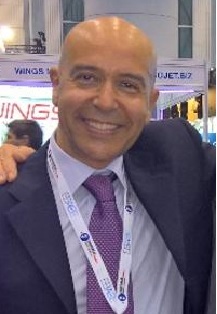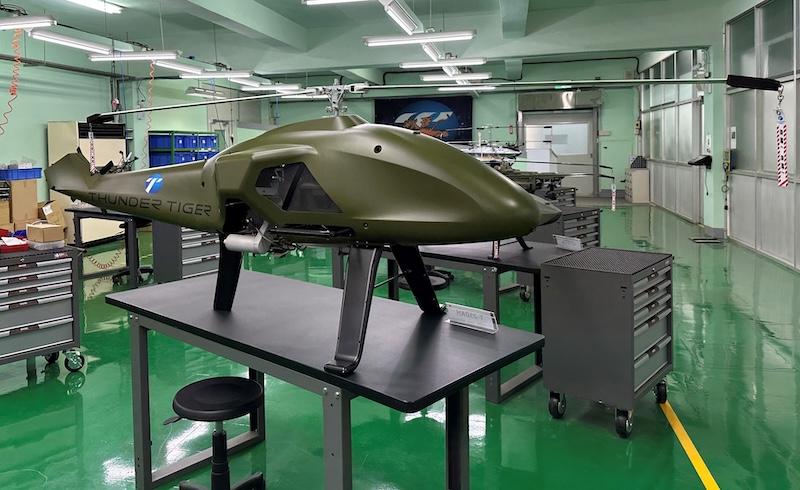See us at MRO Asia Pacific 2025
Taiwan Drone Alliance Quadruples Size, Fortifies Supply Chain
Details
More Products & Services
Products & Services
Aerospace | Aviation Week Network
Aviation Week Network
https://aviationweek.com/themes/custom/particle/dist/app-drupal/assets/awn-logo.svg
Home - Aviation Group Marketing
Aviation Week Network
120 data points on over 156,000 commercial and business aviation aircraft, including military transports. Discover the most trustworthy resource for the complete aircraft history, plus ad hoc reports, month-over-month trend analysis and details on expected deliveries through 2050.
People

Andrea Rossi Prudente
Aviation Week Network

Becca Balmes
Aviation Week Network

Belinda Tan
Aviation Week Network

Brian Everstine
Aviation Week Network
Editor

Eddie Krankowski
Aviation Week Network
Assistant Manager, Tradeshows

erving dockery
Aviation Week Network

Lisa Tan
Aviation Week Network
Senior Marketing Manager

Mark Thomas
Aviation Week Network
Description
TAIPEI, Taiwan—Taiwan's state-backed drone industry alliance has grown from 50 members at its September 2024 inception to more than 200 today and is expeditiously decoupling from China-based supply chains, Chairman Hu Kai-Hung tells Aviation Week.
Hu, who also serves as the chairman of Taiwan's Aerospace Industrial Development Corporation (AIDC), says that the drone alliance is laser-focused on creating a “non-red supply chain”—the red referring to China—to align with the requirements of the U.S., which has flagged the security threats posed by Chinese drones.
Members of the Taiwan Excellence Drone International Business Opportunities Alliance (Tediboa) are required to prove the origin of their components, Hu says.
The alliance includes the largest Taiwanese drone manufacturers, like Geosat Aerospace and Thunder Tiger, as well as many smaller companies that specialize in the production of specific uncrewed aircraft system (UAS) components.
Hu acknowledges that Taiwan faces considerable challenges breaking into an industry dominated by China. Shenzhen-based DJI alone has an estimated 70% share of the global UAS market. “Taiwan is a latecomer to the drone sector, but it can leverage its advanced technology and manufacturing capabilities to cooperate with the growing number of countries that want a reliable alternative to China,” he says.
In addition to the U.S., Tediboa has made inroads in Eastern Europe, signing agreements with Estonia, Latvia, Lithuania and Poland. They make ideal partners for Taiwan because of their experience supporting Ukraine—including with autonomous technologies—as it defends itself against Russia's full-scale invasion, and their antipathy toward authoritarian expansionism, Hu says.
Most recently, Tediboa has stepped up cooperation with Asian countries, including Japan and India—both of which are intensifying efforts to reduce dependence on Chinese drone suppliers. Japan said in February it would expand its supply of domestically produced UAS to partner countries in the Indo-Pacific beginning in the 2025 fiscal year. India has canceled three orders totaling 400 military UAS due to security concerns about China-made components.
While Tediboa feels increasingly confident about the integrity of its supply chain, there is one area which Hu sees as high risk. “We are worried about the reliability of access to rare earths and other critical minerals dominated by China,” he says, noting how Beijing has weaponized its control of those supply chains in its trade war with the U.S. “These are crucial for certain drone components, and we don't have an easy replacement if China cuts off supply to Taiwan.”
Hu, who also serves as the chairman of Taiwan's Aerospace Industrial Development Corporation (AIDC), says that the drone alliance is laser-focused on creating a “non-red supply chain”—the red referring to China—to align with the requirements of the U.S., which has flagged the security threats posed by Chinese drones.
Members of the Taiwan Excellence Drone International Business Opportunities Alliance (Tediboa) are required to prove the origin of their components, Hu says.
The alliance includes the largest Taiwanese drone manufacturers, like Geosat Aerospace and Thunder Tiger, as well as many smaller companies that specialize in the production of specific uncrewed aircraft system (UAS) components.
Hu acknowledges that Taiwan faces considerable challenges breaking into an industry dominated by China. Shenzhen-based DJI alone has an estimated 70% share of the global UAS market. “Taiwan is a latecomer to the drone sector, but it can leverage its advanced technology and manufacturing capabilities to cooperate with the growing number of countries that want a reliable alternative to China,” he says.
In addition to the U.S., Tediboa has made inroads in Eastern Europe, signing agreements with Estonia, Latvia, Lithuania and Poland. They make ideal partners for Taiwan because of their experience supporting Ukraine—including with autonomous technologies—as it defends itself against Russia's full-scale invasion, and their antipathy toward authoritarian expansionism, Hu says.
Most recently, Tediboa has stepped up cooperation with Asian countries, including Japan and India—both of which are intensifying efforts to reduce dependence on Chinese drone suppliers. Japan said in February it would expand its supply of domestically produced UAS to partner countries in the Indo-Pacific beginning in the 2025 fiscal year. India has canceled three orders totaling 400 military UAS due to security concerns about China-made components.
While Tediboa feels increasingly confident about the integrity of its supply chain, there is one area which Hu sees as high risk. “We are worried about the reliability of access to rare earths and other critical minerals dominated by China,” he says, noting how Beijing has weaponized its control of those supply chains in its trade war with the U.S. “These are crucial for certain drone components, and we don't have an easy replacement if China cuts off supply to Taiwan.”

Share
Recent Chats
Share via email
Future: handle WhatsApp here
Future: handle LinkedIn here
Future: handle Twitter here
SUBMENU HERE
Share via Chat
Copy Link

